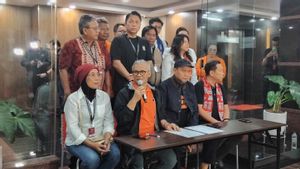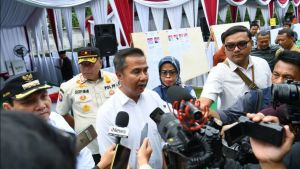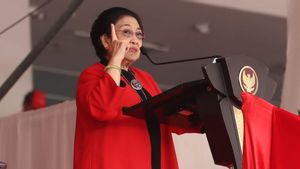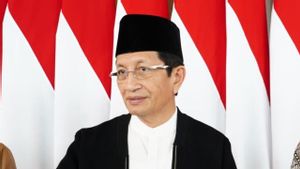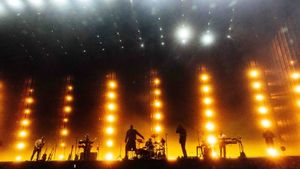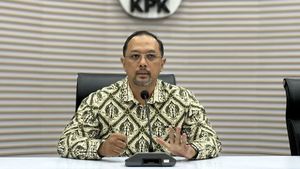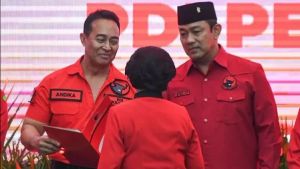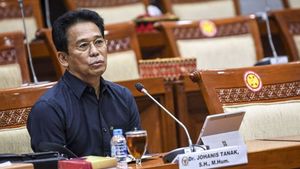YOGYAKARTA – One of the places that can be a tourist destination as well as a place to learn history is a museum. For those of you who live in Banten and DKI Jakarta, Multatuli Rangkasbitung Museum can be one of the right destinations.
Not just any museum, this is the first anti-colonialism museum in Indonesia. This museum is located in Rangkasbitung, Lebak Regency, Banten Province. Visitors to the museum are not charged an entrance fee, aka free. The location is also not far from Rangkasbitung Train Station, precisely on Jalan RM. Nata Atmaja.
The Multatuli Rangkasbitung Museum displays 34 artifacts, both original and replicas, which are a means of learning history. This is a museum that appears as a vehicle for learning history and a tourist destination not far from the capital city.
The Founding of the Multatuli Museum
If you visit this museum, you will be greeted by a statue of Multatuli reading a book when entering the museum area. Meanwhile, the statue of Saidah stands upright, while the statue of Adinda sits on a long chair looking at the bookshelf.
Quoted from the official website of the Banten Province Tourism Office, Saijah and Adinda are two characters who are told in one chapter of the book Max Havelaar, by Multatuli. The statues are statues made of copper, the work of Dolorosa Sinaga.
When you start to enter the museum room, you will see Multatuli's face made of glass with a piece of the sentence "Human duty is to be human".
The idea of establishing the Multatuli Museum has been around since the 1990s. The idea continued in the 2000s, to be precise in 2009. However, the museum was not actually built until 2015.
In 2016, a delegation of Lebak Regency Government officials and teachers visited the Netherlands and then visited the Dutch National Archives and the Multatuli Museum in Amsterdam. This was done to build communication and friendship between institutions for the sustainability of the Multatuli Museum which was initiated in Lebak, Banten.
A year later, the process of filling out the collection and making a museum story line was carried out. These activities consist of procurement of interiors, documentary films, and procurement of interactive sculptures of Multatuli, Saidjah, and Adinda.
One year later, on February 11, 2018, the Multatuli Museum was opened to the public. The inauguration was carried out by the Director General of Culture of the Indonesian Ministry of Education and Culture, Hilmar Farid, and the Regent of Lebak, Iti Octavia Jayabaya.
Looking at the Building and Contents of the Multatuli Museum
This building that contains historical knowledge and evidence was once an ancient building which was founded in 1923. In ancient times, this building functioned as an office as well as a residence for the wedana of Lebak.
The Multatuli Museum has seven rooms that are used for memorizing various things. Each room represents the period of colonialism in the archipelago. The first room has been mentioned in the previous section, namely the room that contains Multatuli's face.
Entering the second room, you will see various exhibits that tell the story of the early arrival of European explorers to the archipelago. The third room tells the story of the forced cultivation period which focuses on coffee cultivation.
The fourth room is the Multatuli room and its influence on the leaders of the independence movement. Entering the fifth room, the story presented is the resistance movement of the people of Banten and the movement to liberate the nation from Dutch colonialism.
When you enter the sixth room, you will see various items related to important events in Lebak and the ancient era. Meanwhile, the seventh room contains photos of people who were born, settled, and inspired by Lebak.
A visit to the Multatuli Museum will open up insight into the history of the archipelago related to anti-colonialism, especially in Lebak. In addition, this place can be a tourist destination, especially because of the design of the space and some interesting presentation of information.
The English, Chinese, Japanese, Arabic, and French versions are automatically generated by the AI. So there may still be inaccuracies in translating, please always see Indonesian as our main language. (system supported by DigitalSiber.id)



